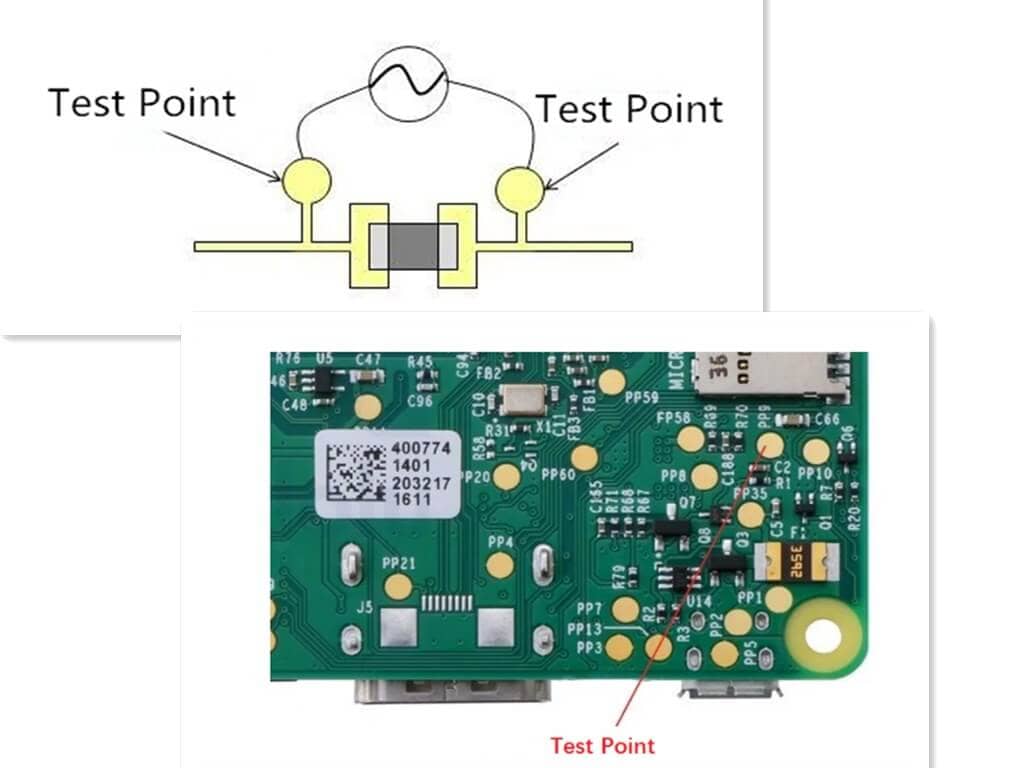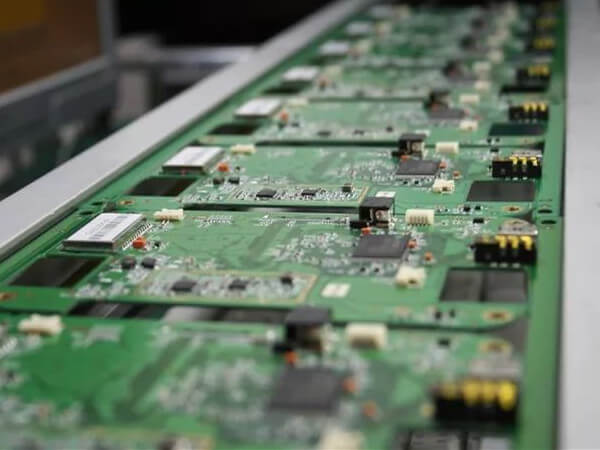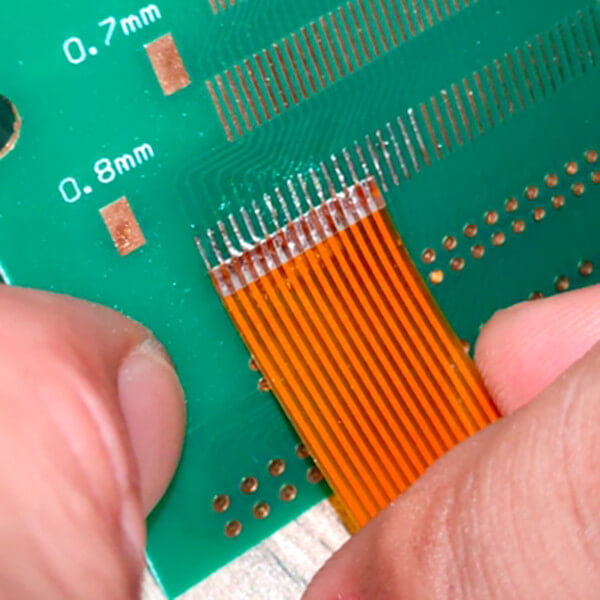For a newly designed circuit board, there are some difficulties in debugging, especially when the board is large and there are many components. But if we master a set of reasonable debugging methods, debugging PCB will get twice the result with half the effort.
PCB Debugging Steps
1. Observe PCB Board
For the new PCB we just brought back, we should first observe whether there are problems on the board, such as obvious cracks, short circuit, open circuit, etc. If necessary, check whether the resistance between the power supply and ground wire is large enough.
2. Install Components
For independent modules, if you are not sure to ensure their normal operation, it is better not to install all of them, but to install part of them (for relatively small circuits, you can install all of them at one time). In this way, it is easy to determine the fault range and avoid problems.
Generally speaking, the power supply part can be installed first, and then power on to detect whether the output voltage of the power supply is normal. If you don’t have much assurance when you power on (even if you have great assurance, it is recommended that you add a fuse in case), you can consider using adjustable regulated power supply with current limiting function.
First preset the over-current protection current, then slowly increase the voltage value of the regulated power supply, and monitor the input current, input voltage and output voltage. If there is no over-current protection and the output voltage is normal during the up regulation, the power supply is OK. On the contrary, it is necessary to disconnect the power supply, find the fault point, and repeat the above steps until the power supply is normal.
3. Gradually Install Other Modules
Every time a module is installed, power on and test it. When power on, follow the above steps to avoid burning components due to over-current caused by design error or / and installation error.
How to Find Fault PCB?
1. Measuring Voltage Method
The first thing to confirm is whether the voltage of each chip power pin is normal, and then check whether the reference voltage is normal, and whether the working voltage of each point is normal. For example, when the general silicon triode is on, the be junction voltage is about 0.7V, while the CE junction voltage is about 0.3V or less. If the be junction voltage of a triode is greater than 0.7V (except for special triodes, such as Darlington Transistor), the be junction may be open.
2. Signal Injection Method
Add the signal source to the input, and then measure the waveform of each point in turn to see if it is normal, so as to find the fault point. Sometimes we also use simpler methods, such as holding a tweezer to touch the input terminals at all levels to see if the output terminals react. This is often used in audio, video and other amplification circuits (but it should be noted that this method cannot be used for circuits with hot bottom or high voltage, otherwise it may lead to electric shock). If there is no response at the level before the collision, but there is response at the level after the collision, it indicates that the problem lies at the previous level and should be focused on inspection.
3. Other Methods
There are many other ways to find fault points, such as watching, listening, smelling, touching, etc.
- “See” is to see whether the components have obvious mechanical damage, such as cracking, blackening, deformation, etc;
- “Listening” is to listen to whether the working sound is normal, for example, some things that should not ring are ringing, the place that should not ring is not ringing or the sound is abnormal;
- “Smell” is to check whether there is a peculiar smell, such as the smell of burning, the smell of capacitor electrolyte, etc. for an experienced electronic maintenance personnel, it is very sensitive to these odors;
- “Touch” is to use the hand to test whether the temperature of the device is normal, such as too hot or too cold.
Some power devices will heat up when they work. If they feel cold, it can be judged that they are not working. But if it’s too hot where it shouldn’t be or too hot where it should be, it won’t work. General power transistor, voltage regulator chip, etc., working below 70 degrees is no problem. What is the concept of 70 degrees? If you press your hand up for more than three seconds, it means that the temperature is below 70 degrees.




